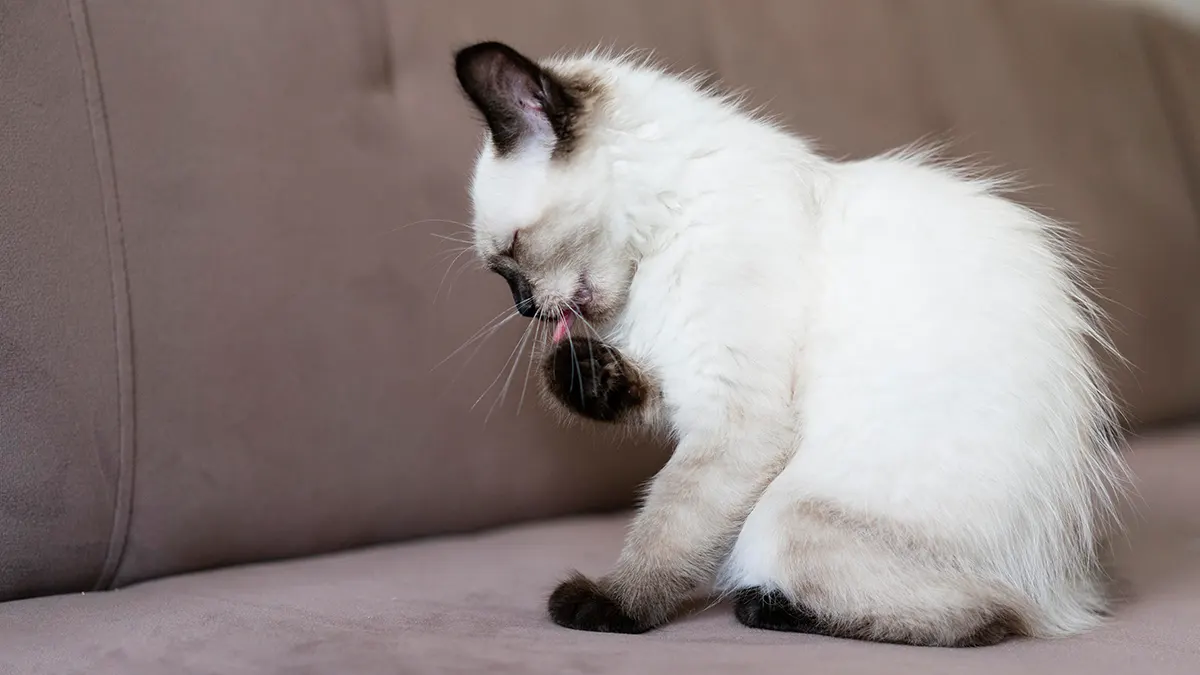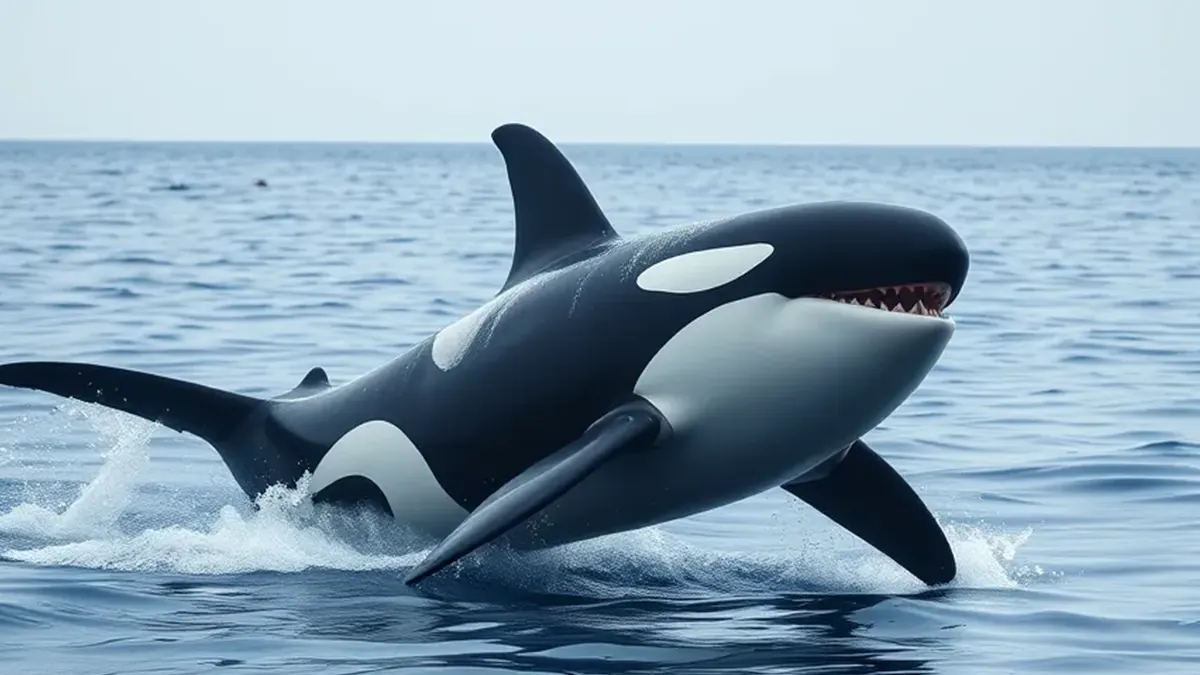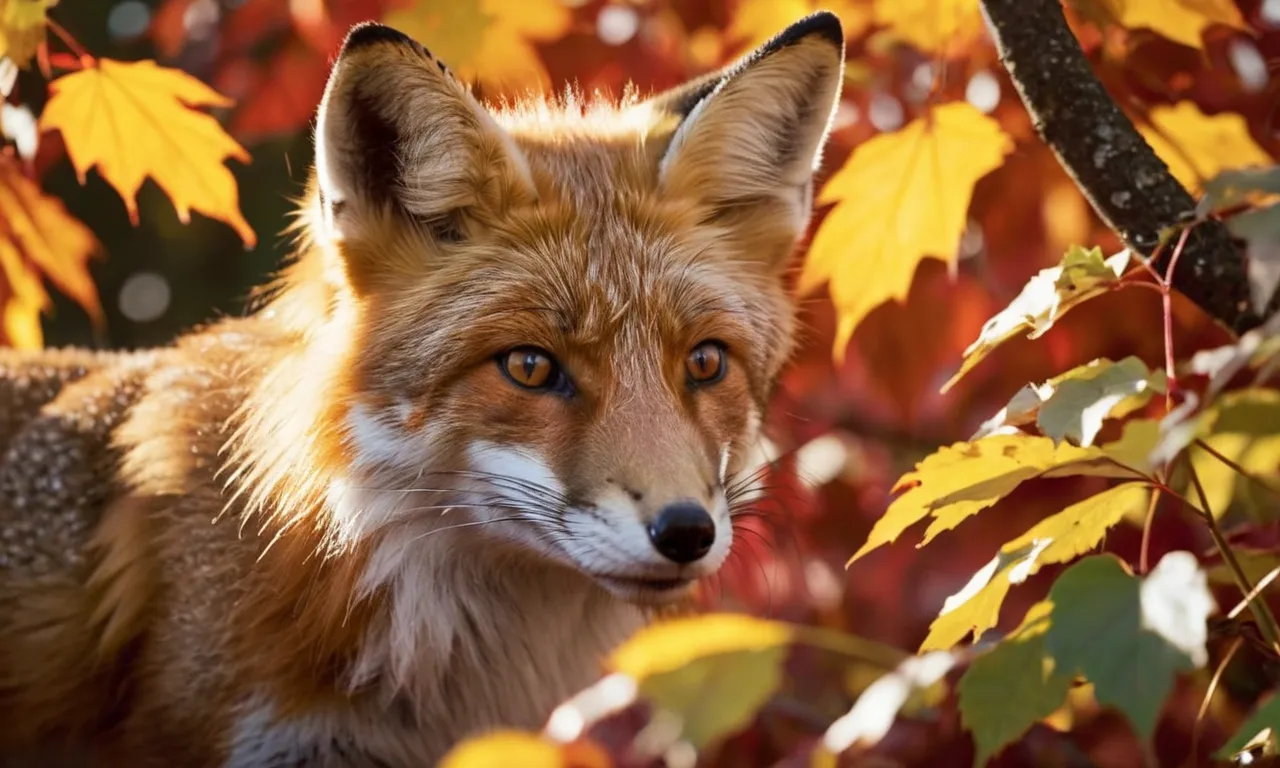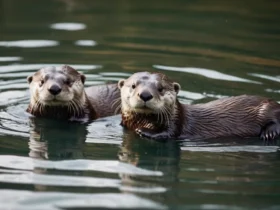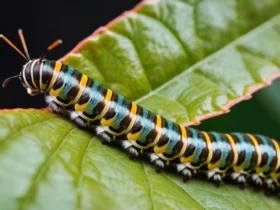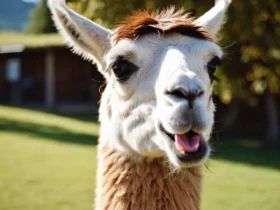Have you ever wondered which animals are the smartest and most cunning in the animal kingdom? Many species have developed impressive mental capabilities and clever behaviors that help them survive. If you’re short on time, here’s a quick answer: Elephants, crows, chimpanzees, dolphins, and octopuses are among the most intelligent and cunning animals known.
In this comprehensive guide, we will explore the world’s smartest and most cunning animals, looking at what makes them so clever and how their intelligence helps them thrive.
Highly Intelligent Elephants
Complex Social Structures
Elephants live in complex social units made up of female relatives and offspring. The basic units are called family groups, which usually consist of three adult females and their calves and juveniles. Female elephants remain in these tight-knit matriarchal groups their entire lives, while adult males tend to be more solitary.
Family groups often join together to form larger bands or herds, sometimes mingling with other species like zebras and buffaloes too. Researchers have identified behaviors like grieving, learning, playing and cooperative problem-solving in elephants, suggesting their great intelligence.
The matriarch passes knowledge and experience to younger generations, like knowing where the best water or mineral deposits are located.
Advanced Communication
Elephants have amazing communication abilities, using sound, touch, smell and body language. Their advanced vocalizations include low-frequency rumbles and higher trumpeting. Elephants can produce over 70 distinct calls for different situations!
They also communicate through soft chirps, roars, barks and other sounds we can’t hear well. Elephants use infrasonic vocalizations that can travel several miles to coordinate with far-off groups. Their trunks are extremely sensitive and flexible, allowing complex tactile signaling and identification via smells.
Elephants will entwine trunks in greeting, place trunks on each other for reassurance and caress companions gently. Postures like ears forward or head raised convey specific moods from aggression to interest.
Through this nuanced nonverbal “language”, elephants forge tight bonds and coordinate group activities.
Creative Problem-Solving Skills
Elephants frequently come up with innovative solutions to challenges they encounter. Their large brains allow complex cognition, planning, learning and tool use. Elephants are known for working collaboratively to access food, shelter or water they couldn’t obtain alone.
For example, groups may coordinate to knock down a fence blocking their migration route. In one clever instance, an elephant was observed kicking a ball under an electrified fence, then using its trunk to safely move the ball and crawl under the fence.
Elephants have been documented dismantling poachers’ traps to free captured members of their herd too! They also modify branches into flyswatters and use rocks to crack open nuts or scratch hard-to-reach places. Researchers continue to be amazed by elephants’ remarkable intelligence and ingenuity.
Crafty Corvids (Crows and Ravens)
Using Tools
Crows and ravens display incredibly intelligent tool use in the wild. They are known for crafting hooks out of wire to fetch food out of small spaces and bending metal to access food inside containers.
In one remarkable example, New Caledonian crows used three different tools in succession to reach some food, demonstrating the ability to create and use compound tools. Researchers have also observed wild crows dropping nuts onto roadways so cars can crack them open.
This insightful tool use and creativity when it comes to obtaining food gives crows and ravens a key survival advantage. According to a 2021 study, their tool use may have evolved over millions of years.
Social Learning
Crows and ravens have proven capable of social learning, picking up new skills through observing their peers. One experiment showed that naïve ravens could learn to use tools simply by watching a demonstrator raven access food with a tool.
The naive ravens later successfully used tools themselves in different contexts. Wild ravens also learn innovative skills from each other through social networks. A 2021 study revealed that knowledge spreads socially in raven subgroups, enabling them to adapt more quickly to new environments.
Deception and Trickery
Crows and ravens are known for their deceptive acts and trickery. They have been observed distracting other birds to steal their food and working together to trick birds of prey. One crafty tactic is placing walnuts in front of cars at pedestrian crossings so the cars will crack the nuts open when the traffic lights turn green.
Researchers have also seen ravens pretend to hide food they don’t actually have, possibly to deceive other ravens spying on their caching activities. The fact that they come up with cunning ploys to dupe other animals shows just how intellectually advanced these black birds are.
Clever Primates Like Chimpanzees
Language and Communication
Chimpanzees exhibit impressive language and communication abilities in the wild. They utilize sophisticated vocalizations, facial expressions, and gestural signals to convey information to others (Fowler, 2005).
For instance, chimps produce over 30 distinct call types to signify dangers, food sources, territorial claims, and travel announcements (Arcadi, 1996). Their facial expressions also communicate diverse emotional states.
One remarkable case is Kanzi, a bonobo who learned over 400 human lexigram symbols and can comprehend spoken English (Savage-Rumbaugh et al., 1998). He can follow multi-step verbal instructions to perform novel tasks.
Such evidence demonstrates how our closest evolutionary relatives possess advanced communication faculties approaching human language.
Strategic Thinking and Planning
Wild chimpanzees engage in complex strategic thinking and planning during key activities like hunting, food collection, and territorial patrols. Adult males cooperate to ambush red colobus monkeys, taking vantage points and driving prey towards collaborators (Boesch, 1994).
Females travel long distances to harvest nutritious nuts, transporting tools to efficiently extract embedded foods (Sanz & Morgan, 2007). Groups also conduct boundary patrols to find neighbors, seemingly gathering intelligence to make tactical decisions about attacking or avoiding contact based on relative strength (Wrangham, 1999).
Such goal-directed behaviors illustrate how chimpanzees mentally map out situations, weigh options, and choose optimal strategies.
Self-Awareness
Studies demonstrate that chimpanzees recognize themselves in mirrors, indicating self-awareness and cognition about identity (Gallup, 1970). They investigate reflections and use mirrors to examine hard-to-see body parts, which few other species do.
Chimps also show self-agency by attributing cause-effect relationships between their own actions and outcomes (O’Connell & Dunbar, 2005). For example, they modify ineffective begging gestures that fail to elicit food from humans.
By inferring how their behaviors impact others, chimpanzees display advanced cognition about self in relation to their environment. Such self-recognition and cause-effect reasoning are foundations for higher-order metacognition and introspection.
The ‘Einstein of the Seas’: Dolphins
Complex Communication
Dolphins are well known for their intelligence and complex communication abilities. They use a variety of clicks, whistles, and burst pulses to communicate underwater. Researchers have identified specific “signature whistles” that dolphins use to identify themselves, similar to names.
Dolphins can mimic the whistles of other dolphins as a way of getting their attention or referring to them. Their vocalizations even show some signs of having a simple “language syntax”, with particular sounds grouped together into recognizable sequences that can have different meanings.
Dolphins are also capable of understanding artificial symbolic languages created by humans. In experiments, dolphins have demonstrated the ability to comprehend sentence structure and make logical inferences.
For example, dolphins can understand instructions like “touch the frisbee with your tail and then jump over it”. Their capacity for language learning is why dolphins often work successfully with human trainers in aquarium shows and military applications.
Social Intelligence
Dolphins live in highly complex fission-fusion societies, with group sizes and compositions that change frequently. To navigate this, dolphins show strong social intelligence and cooperation. They form tight social bonds with other dolphins that can last for decades.
They also work together on complex tasks like herding fish into a tight ball and taking turns swimming through the center to feed.
Dolphins demonstrate the ability to understand key social concepts that underpin cooperation and group cohesion in human societies as well. This includes having a sense of identity and ownership over objects.
In experiments where dolphins had to press one of two buttons to receive a reward, they quickly learned to consistently press “their button” rather than the other dolphin’s. They also show signs of understanding concepts like fairness, cheating prevention, and reciprocity.
Innovative Hunting Strategies
Dolphins are generalist predators that hunt a variety of fish and cephalopod species. To target different prey more effectively, dolphins have developed some clever strategies. One example is “mud ring feeding”, where a group of dolphins swims in a circle around a school of fish, stirring up sediment from the seafloor below to form a ring.
The ring traps and disorients the fish, making them easier to catch.
Some dolphin groups also follow fishing boats, understanding that nets full of fish will be brought up, providing easy access to prey. This shows dolphins’ ability to exploit new opportunities in their environment.
Researchers in Australia observed a female dolphin teaching her young calf this fishing boat strategy over time, the first evidence of intergenerational knowledge transfer of a learned foraging tactic in dolphins.
While the full extent of dolphin intelligence remains a mystery, they continue to demonstrate surprisingly advanced cognitive abilities, communication skills, and hunting strategies. More than earning them the “Einstein of the seas” nickname, these abilities show why the dolphin brain closely mirrors essential parts of the human brain in some fascinating ways.
Devious Octopuses
Octopuses are some of the smartest and most cunning creatures in the animal kingdom. They have complex brains and advanced cognitive abilities that allow them to solve problems, use tools, and even deceive prey.
Puzzle-Solving Skills
Octopuses can navigate mazes and opening shelled food that requires multiple steps. In laboratory experiments, octopuses mastered opening containers with screws and latches to access food inside. One octopus even observed and mimicked researchers opening a container by watching them perform the process only once (LiveScience).
Ability to Use Tools
Octopuses are able to use coconut shells and clam shells as tools, carrying them for protection and camouflage as they move across the seafloor. One octopus in Indonesia was even filmed gathering discarded plastic items, stacking them, and carrying them likely for use as a shelter (LiveScience).
Deception and Camouflage
With their color-changing chromatophore skin cells, octopuses are masters of disguise. They can camouflage themselves in a split second to match colors and textures of their surroundings as a defense mechanism.
Some species, like the mimic octopus, can even contort their boneless bodies into shapes that resemble more dangerous animals to scare away predators (Oceana). Devious indeed!
Conclusion
As we have seen, there are some incredibly intelligent and cunning creatures in the animal world. Elephants, crows, chimps, dolphins and octopuses have all developed impressive cognitive abilities and behaviors that set them apart.
Their capacities for complex communication, social bonding, creativity, deception and more enable them to thrive in their environments. Learning about these clever species not only fascinates us – it also teaches us more about the evolution of intelligence on our planet.


